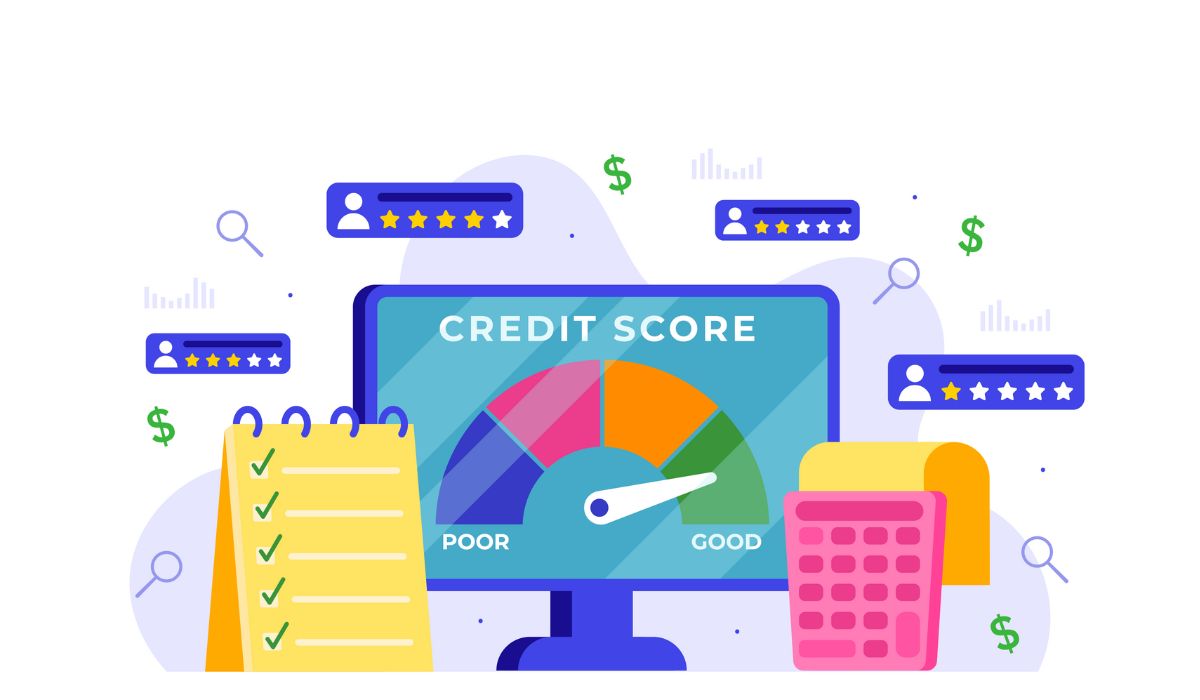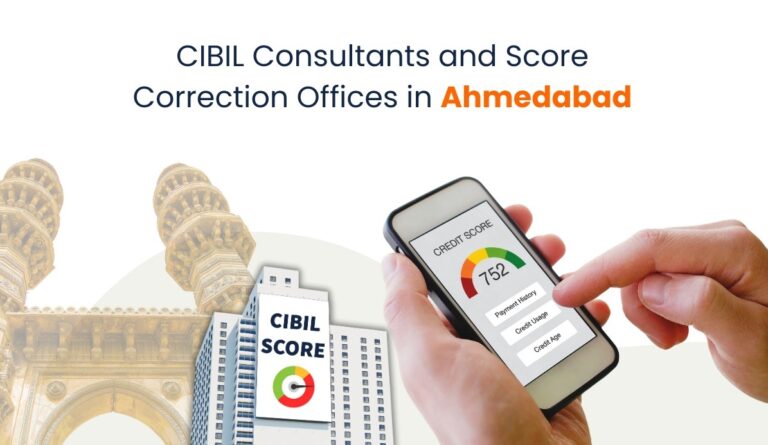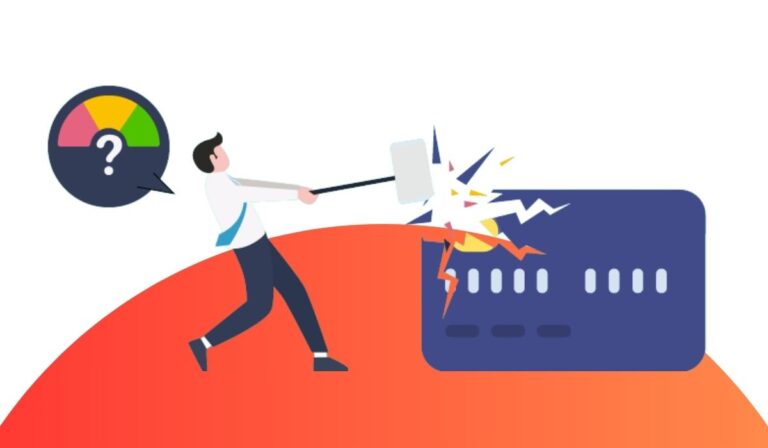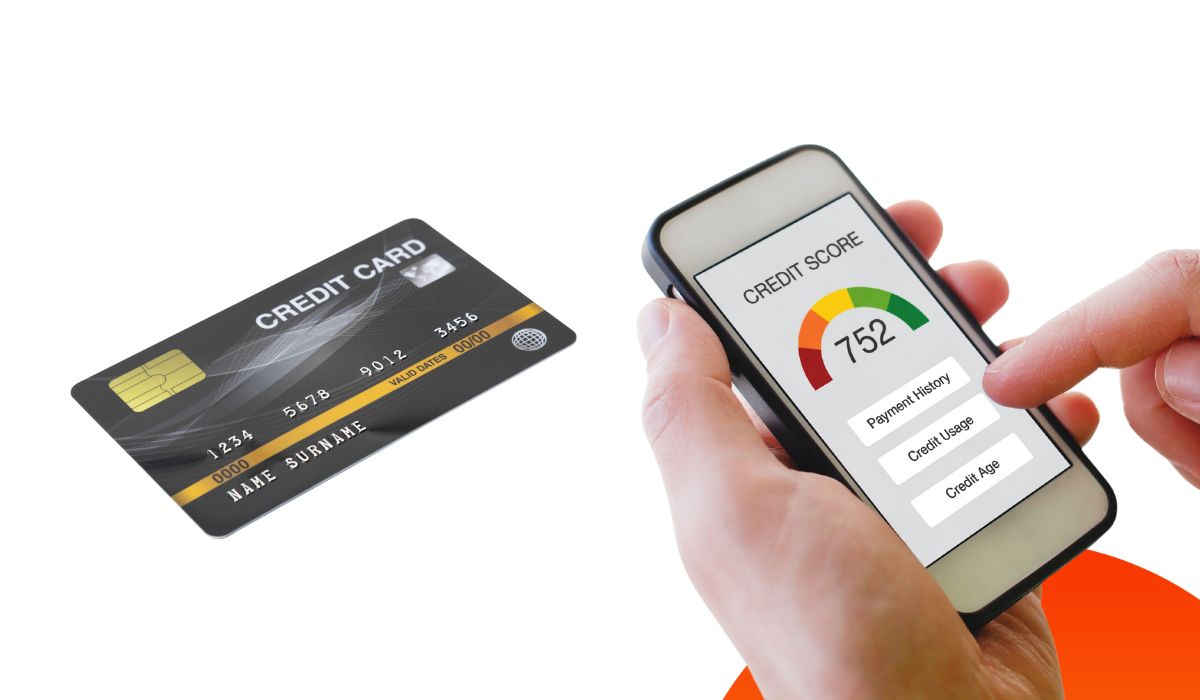A credit rating is an essential factor that helps to assess the creditworthiness of a person or organisation. The score that is awarded to them by the agencies reflects their efficiency in paying back debts or fulfilling financial obligations. The credit rating of a company is done by CRA (Credit Rating Agency). These companies evaluate the borrower and this report is used heavily by banks, HFCs, and financial institutions.
What is Credit Rating?
A credit rating is a professional rating issued by a Credit Rating Agency (CRA) on the creditworthiness of a borrower. This borrower can be a company, government, or even a specific debt instrument. The rating reflects the likelihood of the borrower fulfilling their financial obligations, like repaying a loan or bond, on time and in full. CRAs analyse financial health using metrics like profitability, debt levels, and cash flow to assign a letter-grade rating.
What is a Credit Rating Agency?
Credit Rating Agencies (CRAs) are institutions that act as independent evaluators in the financial system. They analyse the creditworthiness of borrowers, including companies, governments, and financial instruments. This analysis considers factors like profitability, debt levels, and cash flow. Based on this assessment, CRAs assign letter grade ratings (e.g., AAA, BBB) that reflect the borrower’s likelihood of meeting their debt obligations on time. These ratings serve as a crucial indicator of credit risk for lenders and investors, guiding their decisions about loans and investments.
Types of Credit Ratings in India
Credit Rating Agencies (CRAs) in India assign letter grades to represent the creditworthiness of borrowers. These ratings are crucial for various stakeholders in the financial system, including investors, lenders, and borrowers themselves. Here’s a breakdown of the common credit rating types in India:
Investment Grade Ratings: Signifying Financial Strength
Investment-grade credit ratings, assigned by Credit Rating Agencies (CRAs) in India like CRISIL or ICRA, act as a badge of financial strength for borrowers. Ratings like ‘AAA’ (CRISIL) or ‘MAAA’ (ICRA) signify a very low risk of default. Companies with these ratings have a history of sound financial management and demonstrate a strong ability to meet their debt obligations on time. This leads to significant benefits for them. They enjoy easy access to credit from lenders, who view them as reliable borrowers.
Speculative Grade Ratings
Speculative-grade ratings, on the other hand, paint a different picture. Ratings like ‘BB’ (CRISIL) or ‘Baa’ (ICRA) fall under this category and indicate a higher degree of risk associated with the borrower. Companies with these ratings might have a less stable financial history or engage in riskier business practices. This could include a history of risky investments, a high debt burden, or potential challenges in their industry. Even if they do secure a loan, they might face steeper interest rates to compensate lenders for the higher risk of default.
Major 7 Credit Rating Agencies in India
The credit agencies of India play a crucial role in promoting transparency and stability within the financial system. Go through the section below to learn about the seven credit rating agencies in India:
Credit Rating Information Services of India Limited (CRISIL)
Established in 1987, CRISIL is the oldest and most dominant CRA in India. It offers a comprehensive range of credit rating services across various sectors, including corporates, infrastructure projects, and structured finance.
Investment Information and Credit Rating Agency of India Limited (ICRA) Limited
Founded in 1991, ICRA is a leading independent CRA with a strong focus on structured finance and infrastructure projects. They provide credit ratings for various debt instruments and entities, along with industry research and analysis.
CARE Ratings Limited
Established in 1993, CARE is a well-respected credit rating agency known for its expertise in project finance and small and medium enterprises (SMEs). They offer credit ratings, research reports, and advisory services.
Brickwork Ratings India Private Limited
Founded in 2007, Brickwork Ratings is a relatively newer player but has gained recognition for its focus on innovation and in-depth analysis. They cater to various sectors, including infrastructure, real estate, and SMEs.
India Ratings and Research Private Limited
Established in 2001, India Ratings and Research is a prominent player in credit rating services and financial research. They offer credit ratings for a wide range of instruments and entities, along with industry reports and risk assessment tools.
Acute Ratings & Research Limited
Founded in 2017, Acuite Ratings is a fast-growing CRA with a focus on providing credit ratings and research services with a high degree of accuracy and timeliness.
SMERA Ratings Limited
Established in 2005, SMERA Ratings specialises in credit enhancement and credit rating services tailored specifically for the micro, small and medium enterprise (MSME) sector. They play a vital role in facilitating access to credit for MSMEs.
Who Uses Credit Ratings?
Credit ratings are a valuable tool used by a wide range of financial actors, impacting various aspects of the financial system. Here’s a breakdown of some key users:
- Investors
Credit ratings are crucial for bond investors, as it helps them to assess the risk associated with a particular bond issue. Higher ratings signify a lower risk of default, making the bond more attractive.
- Lenders
-
- Banks use credit ratings to evaluate the creditworthiness of borrowers before approving loans. Higher ratings typically mean that the borrower will be offered lower interest rates.
- Insurance companies issuing loan guarantees or credit insurance heavily rely on credit ratings to assess the risk of the borrower defaulting.
- Issuers of Debt
Companies and governments issuing bonds or other debt instruments benefit from good credit ratings. These ratings influence investor confidence and the interest rates they have to pay on the debt.
- Regulatory Bodies
Regulators use credit ratings as a factor when setting capital adequacy requirements for banks. This ensures banks maintain sufficient capital buffers to absorb potential losses from defaults by borrowers with lower credit ratings.
Types of Credit Rating Scales
Credit Rating Agencies (CRAs) in India employ various scales to categorise borrowers based on their creditworthiness. These scales translate into a clear picture of risk for lenders and investors. Here’s a breakdown of three common scales in more detail:
Scale 1: High Safety, Low Risk (e.g., CRISIL ‘AAA’, ICRA ‘MAAA’)
This scale is considered the highest when it comes to creditworthiness. Borrowers with ratings like CRISIL ‘AAA’ or ICRA ‘MAAA’ are considered exceptionally strong. They have a proven track record of fulfilling financial commitments, making them highly reliable from a lender’s perspective. These ratings translate to minimal risk of default, offering maximum safety for lenders and investors seeking secure investment opportunities.
Scale 2: Moderate Safety, Moderate Risk (e.g., CRISIL ‘AA’, ICRA ‘MAA’)
Borrowers in this category, like those with a CRISIL ‘AA’ or ICRA ‘MAA’ rating, have good creditworthiness. This means they can easily fulfil all the debt obligations, but there’s a slightly higher chance of default than Scale 1. This means that they possess a moderate risk for lenders. While such instruments can be attractive investments, lenders exercise more caution and might demand higher interest rates to compensate for the increased risk.
Scale 3: High Risk, Defaulted Instruments (e.g., CRISIL ‘D’, ICRA ‘MD’)
Borrowers with ratings on this scale, such as CRISIL ‘D’ or ICRA ‘MD’, pose a significant risk of default. They might have a history of late payments or missed repayments altogether. Instruments with these ratings are considered highly speculative and may not be suitable for most investors. In the worst-case scenario, they represent borrowers who have already defaulted on their obligations. These instruments are for sophisticated investors who can tolerate a high degree of risk.
Who regulates credit rating agencies in India?
SEBI (Securities and Exchange Board of India) regulates CRAs in India, ensuring transparency and objectivity in the credit rating process.
How do Credit Rating Agencies Work in India?
Credit Rating Agencies are considered independent evaluators entrusted with the work of assigning credit ratings to companies and individuals. These ratings reflect the borrower’s ability to meet their debt obligations on time. The main function of CRA is to analyse financial health using metrics like profitability, debt levels, and cash flow. The credit rating, typically denoted by letters like ‘AAA’ (highest) or ‘D’ (lowest), serves as a crucial indicator of creditworthiness for lenders. This allows banks and investors to make informed decisions about loan approvals and investment risks.
Also, read: How to improve credit score?
FAQs
How do credit ratings influence borrowing costs for companies?
The credit ratings influence the borrowing costs for companies by offering a detailed insight into the borrowers’ repaying efficiency.
Can individuals access their credit ratings directly from credit rating agencies?
Yes, individuals can download the credit rating report from the websites of the respective agencies.
How often do credit rating agencies update their ratings for companies?
The credit rating agencies update their ratings for companies every six months.
How do credit rating agencies assess the likelihood of default for companies?
The credit rating agencies assess the likelihood of default for companies by assessing their frequency of paying off loans.
Also, check:
- How to check and remove your name from CIBIL’s Defaulter List?
- How do I contact CIBIL for Consumer Complaints? Check CIBIL Customer Care Number
- What are all the Mistakes that Can Lower your Credit Score?





